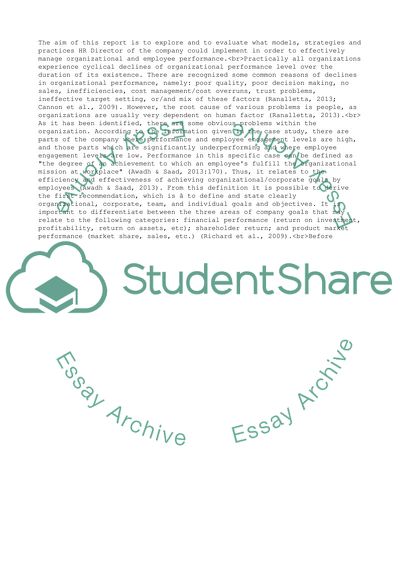Cite this document
(Contemporary Human Resource Management: Improving organisational and Essay, n.d.)
Contemporary Human Resource Management: Improving organisational and Essay. https://studentshare.org/human-resources/1854676-contemporary-human-resource-management-improving-organisational-and-employee-performance
Contemporary Human Resource Management: Improving organisational and Essay. https://studentshare.org/human-resources/1854676-contemporary-human-resource-management-improving-organisational-and-employee-performance
(Contemporary Human Resource Management: Improving Organisational and Essay)
Contemporary Human Resource Management: Improving Organisational and Essay. https://studentshare.org/human-resources/1854676-contemporary-human-resource-management-improving-organisational-and-employee-performance.
Contemporary Human Resource Management: Improving Organisational and Essay. https://studentshare.org/human-resources/1854676-contemporary-human-resource-management-improving-organisational-and-employee-performance.
“Contemporary Human Resource Management: Improving Organisational and Essay”. https://studentshare.org/human-resources/1854676-contemporary-human-resource-management-improving-organisational-and-employee-performance.


